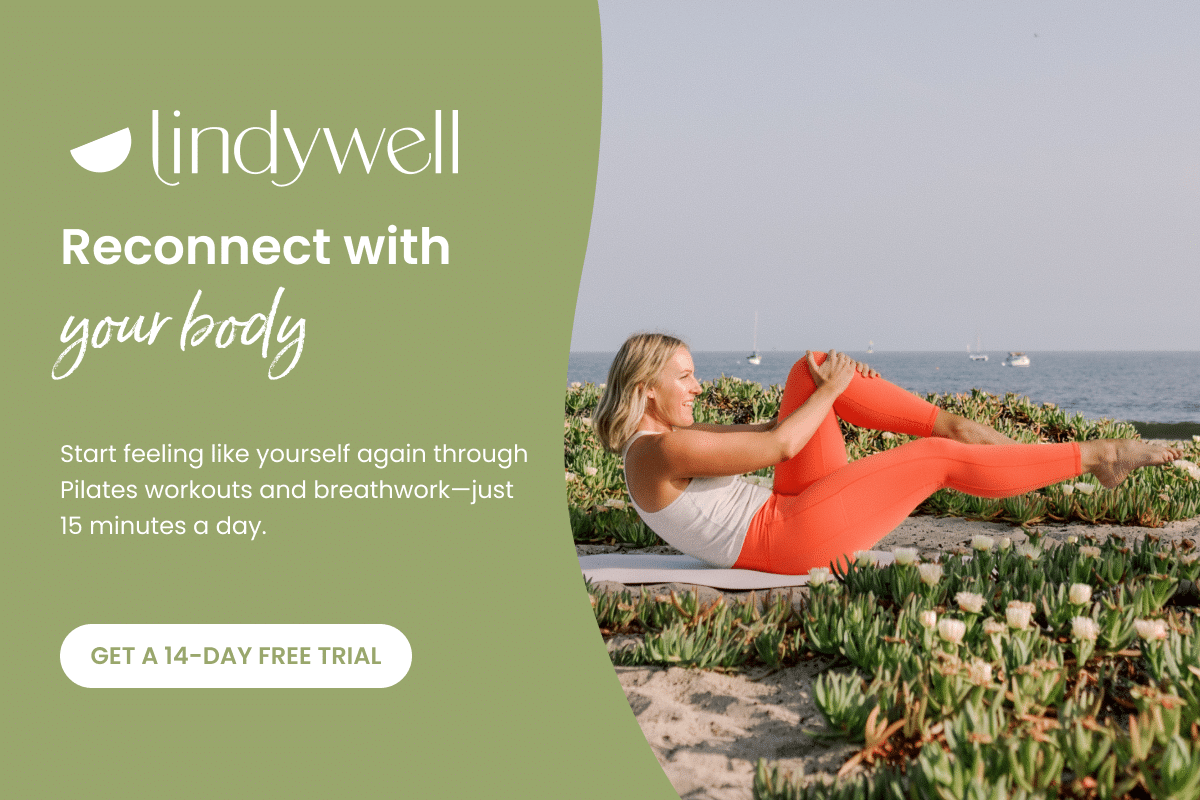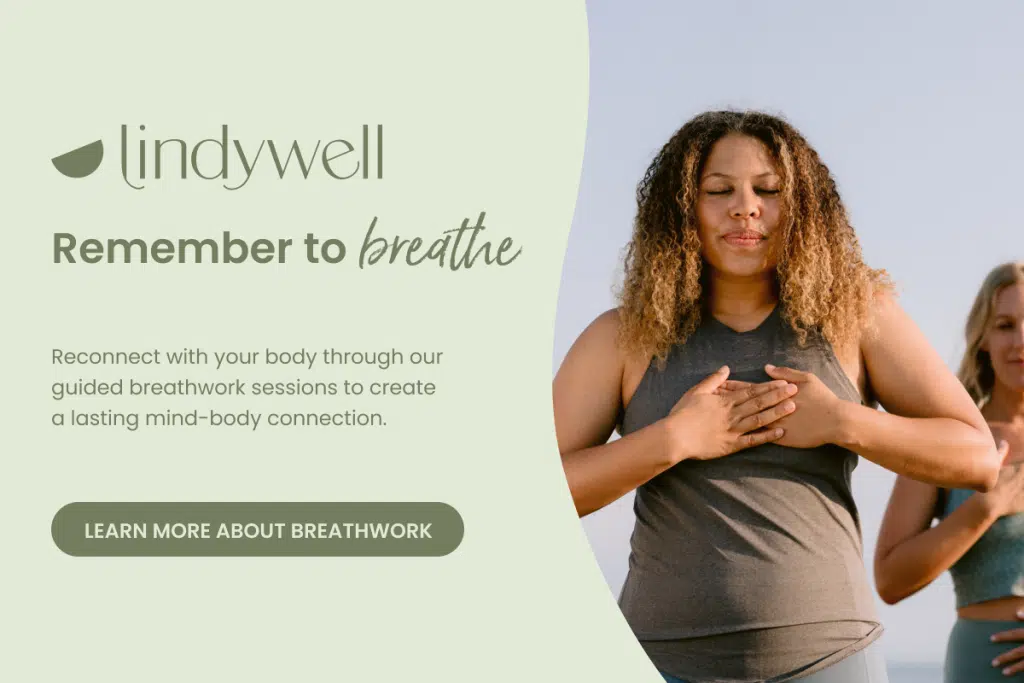
Blog
5 Ways to Create Inner Peace in Your Daily Life

Inner peace is so much more than just a brief escape from the chaotic events of daily life—though that’s what I thought it was many years ago too. What I learned, though, is that it’s actually this beautiful, continual state of being that you can harness in all environments, circumstances, and interactions.
When I began to live from this intentional space, after a few very challenging years life threw my way, I found I could unlock a deeper sense of balance, rootedness, connection, and presence. Even as challenges arose, I felt deeply grounded in my sense of calm.
Interestingly, even in our chaotic, unpredictable world, the majority of us (61 percent) hold onto inner peace during challenging times. This is uplifting news, of course—but what if you’re among the other 39 percent who do not feel a sense of inner peace?
Here’s the thing: as desirable as inner peace sounds, it does take intentional work to make it a reality. Let’s explore what it means to find more inner peace in your daily life—and break down how these 5 simple steps can help you get there!

Understanding the Essence of Inner Peace
Inner peace is defined as an essential facet of well-being, rooted in both mindfulness and equanimity (mental and emotional composure in difficult situations). Inner peace can help you maintain resilience, calmness, acceptance, contentment, harmony, and meaning in life—no matter the stressors you might face.
Research even shows that those who cultivate inner peace are also less likely to suffer from poor mental health outcomes such as anxiety or depression. So, how does inner peace manifest itself in action?
Inner peace is about learning how to accept this moment you’re in, release the need for control, lean into curiosity and compassion, and embrace your most authentic self. This can result in healthier relationships, stronger mental and emotional stability, and a clearer sense of who you are—all the unique traits you have to offer and the areas where you still have room for growth. Basically, inner peace is a mindset through which you view life. But to experience it, you’ll need to ask the question: What holds me back from inner peace?
Unpacking the Obstacles to Inner Peace
The first step to tapping into that inner peace is being aware of the obstacles standing between you and it. When you know what’s in the way, you can challenge each obstacle to create more of that balance and harmony.
Here are a few common (but totally manageable!) barriers that can prevent you from finding the inner peace you desire.
Mindfullness
You read that correctly—there’s a clear distinction between being mindfull versus mindful. Here at Lindywell, we love talking about the benefits of mindfulness, but mindfullness is the exact opposite. Operating with a full mind consumes your brain with relentless, anxious thoughts that distract you from the present and cause you to either dwell on the past or worry about the future. Mindfulness, however, will ground you in the rhythms, sensations, and experiences of this moment you’re living in.
Self-Judgment
Everyone makes poor choices, but how you respond to those mistakes will reveal whether or not you’re in a state of inner peace. You can learn, grow, and improve—or you can internalize shame and label yourself a failure.
Self-judgment can lead you to question your intrinsic worth and fall into the “fixed mindset” trap (a belief that your attributes are unchangeable). To find that daily inner peace, you have to overcome this form of toxic guilt.
Perfectionism
Women are especially prone to feeling like we’re under a microscope (either from society or ourselves) to look and behave by unrealistic ideals. If you have felt these expectations, then chances are, you’re no stranger to the pressure and weariness of striving for perfection.
Releasing the need to be perfect and maintain rigid control over yourself will create more opportunities to embrace the unexpected joys in life—no matter how wild, messy, and nonlinear your path might be. And in that special place between wild, messy, and happy, is where you can find a whole lot of peace.
False Narratives
The script you’ve written for yourself (whether or not it’s factual) can become the lens through which you construct meaning and perceive reality. While not all of these stories are harmful, a false narrative can hold you back from achieving your full potential, realizing your dreams, or ultimately finding inner peace.
False narratives are limiting beliefs that shake your self-esteem or deter you from pursuing the kind of life you want. But as the narrator, you can write a new and empowering story!
5 Strategies to Help You Achieve Inner Peace
Peace of mind ranks just below having basic needs met as a main predictor of longevity, life satisfaction, and subjective well-being, according to the Journal of Happiness Studies. Wow, that is incredible data and so hopeful!
Peace of mind is something you can choose and these five strategies will help lay the foundation for peaceful living until it becomes your natural and habitual response to whatever situations might arise.
1. Try Somatic Breathwork
Breathwork changed my life. In particular, somatic breathwork, which we love most here at Lindywell, can be powerful in connecting you to peace and balance. This is a practice that trains you to focus on bodily sensations, like the breath you’re taking in or tingling in your arms, to create deeper awareness and connection to the present.
The benefit of this style of breathing is that it takes you out of your head and into your body. We spend so much time in our heads but the body has so much to say. Listening to your body in this way can get you one step closer to feeling more peaceful each day.

2. Prioritize Movement—Outside
Most of us know that exercise releases endorphins and serotonin, which can stimulate positive feelings. But there’s also a correlation between physical activity outside and inner peace. Adults, 60 years and older in Brazil, who moved for 120 to 180 minutes a week reported being more likely to have healthy social interactions, robust mental wellness, and a thriving quality of life than their non-active peers—but these results were compounded when they did that movement outside.
Why? Nature naturally embodies that peace you’re craving. It’s tranquil and restorative and creates a sense of calm when you immerse yourself in it. Move your body outside and tune into the peace you feel as you walk through the grass or breathe in the fresh air.
3. Get Intentional About Stress Management
Stress is an inevitable part of life, but chronic stress can lead to both physical and mental health concerns, pushing you to burnout over time. Fortunately, with a little stress management, you can slow your heart rate, lower blood pressure, and relax the nervous system.
All of this makes it easier to navigate life without constant mental distress or hypervigilance that can make it challenging to access a greater sense of peace. Some stress management strategies I love, include:
- Breathwork (of course!)
- Walks outside
- Dancing in your kitchen or taking a class (one of my personal favorites)
- Barefoot walking (earthing)
- Humming or singing
- Play (I love building with Legos!)
- Creating (painting, making clay pots—anything with your hands is good!)
4. Build Your Mental and Emotional Resilience
Resilience refers to the ability to adapt, recover, and thrive in the face of adversity, challenges, or setbacks, demonstrating flexibility, strength, and perseverance. And let’s be honest, there’s a lot of this in life! But that’s okay because it’s these moments that not only give us the chance to practice resilience but to tap into that inner reserve of peace within us.
One way to build your resilience muscle is to sit with hard feelings and emotions. The thing many people don’t realize is that emotions have sensations and that’s part of why we build this type of resilience and awareness—it gives you information so that when you see it again you can make a connection.
For example, every time I grind my teeth, I notice that I’m feeling an emotion. It’s all connected and the more we can make those connections, the more we can take action from a place of empowerment.
One way to start recognizing these connections is with your breath. If a difficult moment or feeling comes up, I take a few moments to let it be there instead of pushing it away. As I do, I take deep breaths and get curious:
- What meaning am I giving this feeling?
- Where do I feel it in my body?
- What sensations are coming up?
- What would happen if I could let it just be?
The more we can be present during a hard moment or emotion, the more resilient we become.
5. Explore Hobbies and Creative Outlets
Whether you pick up a coloring book, write in your journal, crochet a scarf, dance in the living room, or just make a little more time for play—there’s a direct link between creativity and inner peace. An artistic or creative outlet can promote self-efficacy, encourage internal reflection and expression, increase positive affect, and nurture a clearer sense of meaning in life, according to the Heliyon Journal.
You don’t have to create a masterpiece either—just give yourself freedom to experiment, and have fun with the process wherever it leads. Even blocking out time in your normal routine to do something fun and playful can unleash new sparks of creativity and inspiration to refresh your soul and make you smile—a win-win!
Make Lindywell Part of Your Journey to Inner Peace
Finding inner peace isn’t something you can do overnight—but it is possible if you choose to intentionally create more peace in your life. More importantly, there’s power in doing it with others. If you want to be part of a community that believes in the power of doing this beautiful work together, I invite you to join us here at Lindywell.
Embark on a free 14-day trial and unlock all our membership benefits, including access to 350+ online Pilates classes, breathwork sessions, and nourishing recipes, all intentionally curated to restore wellness, balance, and peace of mind.
share this post
Helping You Break Free!
Get your weekly delivery of inspiration—Pilates, nourishment,
& mindfulness—changing your relationship with food and your body.






4 thoughts on “5 Ways to Create Inner Peace in Your Daily Life”
Hello. Respectfully, this article seems very much to start down the slippery slope of the spirit realm – very yoga-like. Ohh, please don’t go there! In a different situation I would love to have further discussion re my concerns but that won’t work here. I experience a very different definition and source of inner peace than your article claims (and they conflict). I really like your workouts and hope to continue. I know it’s a fine line. I really hope you can maintain appropriate boundaries. Sincerely, Stacy
Thank you, Stacy. I very much agree with your concerns. I miss The Balanced Life when it was just Robin and Pilates workouts.
I agree with both these gals! I miss Balanced Life also. The pilates is amazing, but it is a slippery slope to new age and inner peace. Please be careful!
These are interesting responses and I am respectful of all. I do think Lindywell is offering advice and ideas which you can use… or not. I want to explore options, and I’m happy Lindywell is giving me that opportunity; I am especially grateful for the breathwork addition because I need to be aware of intentionally taking time to breathe!